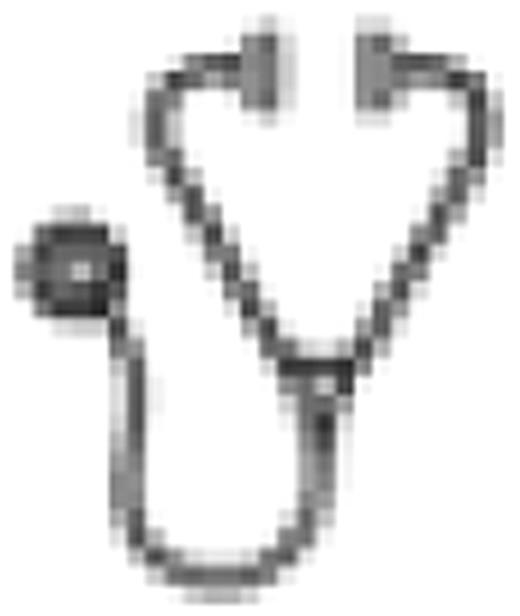Abstract
Abstract 912
Allogeneic stem cell transplantation from related and unrelated donors is now a reasonable treatment option for elderly patients with advanced MDS. Retrospective studies have shown that donor age is an independent risk factor for outcome of allogeneic stem cell transplantation. By nature there is a strong correlation between patient's age and age of an HLA-identical sibling. Therefore we investigated whether a young matched unrelated donor should be preferred as donor to an elderly HLA-identical sibling in elderly MDS patients who underwent allogeneic stem cell transplantation. We extracted from the MDS-registry of the EBMT 871 patients who received allogeneic stem cell transplantation between 1986 and 2009 and fulfilled the following criterias: 1. patient's age > 50 years, 2. advanced MDS: RAEB, RAEB-t, CMML or sAML, 3. HLA-identical sibling or fully matched unrelated donor transplantation. From those 871 patients with a median age of 57 years (r., 50–73) 706 received stem cells from an HLA-identical sibling and 168 from a matched unrelated donor, either after standard conditioning (n = 387) or after reduced intensity conditioning (n = 481). After a median follow-up of 30 months, the estimated 3 years overall survival did not differ between patients who received stem cells from HLA-identical sibling or from matched unrelated donor (36 % vs. 34 %, p = 0.8).
However, the median donor age was significantly higher for HLA-identical sibling than for MUD transplantation: 56 years (r: 35 – 81 y) vs. 34 years (r: 19 – 64) (p < 0.001). While age as continuous variable did not influence survival in HLA-identical sibling transplantation (HR: 1.002, p = 0.8), but did in MUD transplantation (HR: 1.03, p = 0.009), we performed 4 groups according to donor age: HLA-identical sibling transplantation with donor age > 50 years (n = 535) and donor age 30 – 50 years (n = 169) and matched unrelated transplantation with donor age < 30y (n = 60) and donor age > 30y (n = 107). These groups were well balanced according to disease-status, abnormal cytogenetics, and intensity of the conditioning regimen.
The estimated 5 years OS for MUD (donorage < 30y) was 41 % and better than for HLA-identical (donor > 50y) with 31 % (p = 0.03) and HLA-identical (donor 30 – 50 y) with 33 % (p = 0.06), but worse than MUD (donor > 30 y) 24 % (p = 0.003). For overall survival, younger donors (< 30y) remained an independent factor for improved survival in a multivariate Cox model: HR: 0.66 (p = 0.03). Other factors influencing survival were disease status (sAML: HR: 1.31, p = 0.03), standard myeloablative conditioning (HR: 1.40, p = 0.002), and abnormal cytogenetic (HR: 1.26, p = 0.07). In comparison to HLA-identical sibling transplantation the hazard ratio for survival remained less than 1 for matched unrelated donors aged 20–35 years (HR: 0.66–0.99), but the hazard ration increased >1 if matched unrelated donor age becomes greater than 35 years.
We conclude that for elderly patients (> 50 years) with advanced MDS who need allogeneic stem cell transplantation a younger unrelated donor should be preferred to an HLA-identical sibling donor.
No relevant conflicts of interest to declare.

This icon denotes an abstract that is clinically relevant.
Author notes
Asterisk with author names denotes non-ASH members.

This feature is available to Subscribers Only
Sign In or Create an Account Close Modal